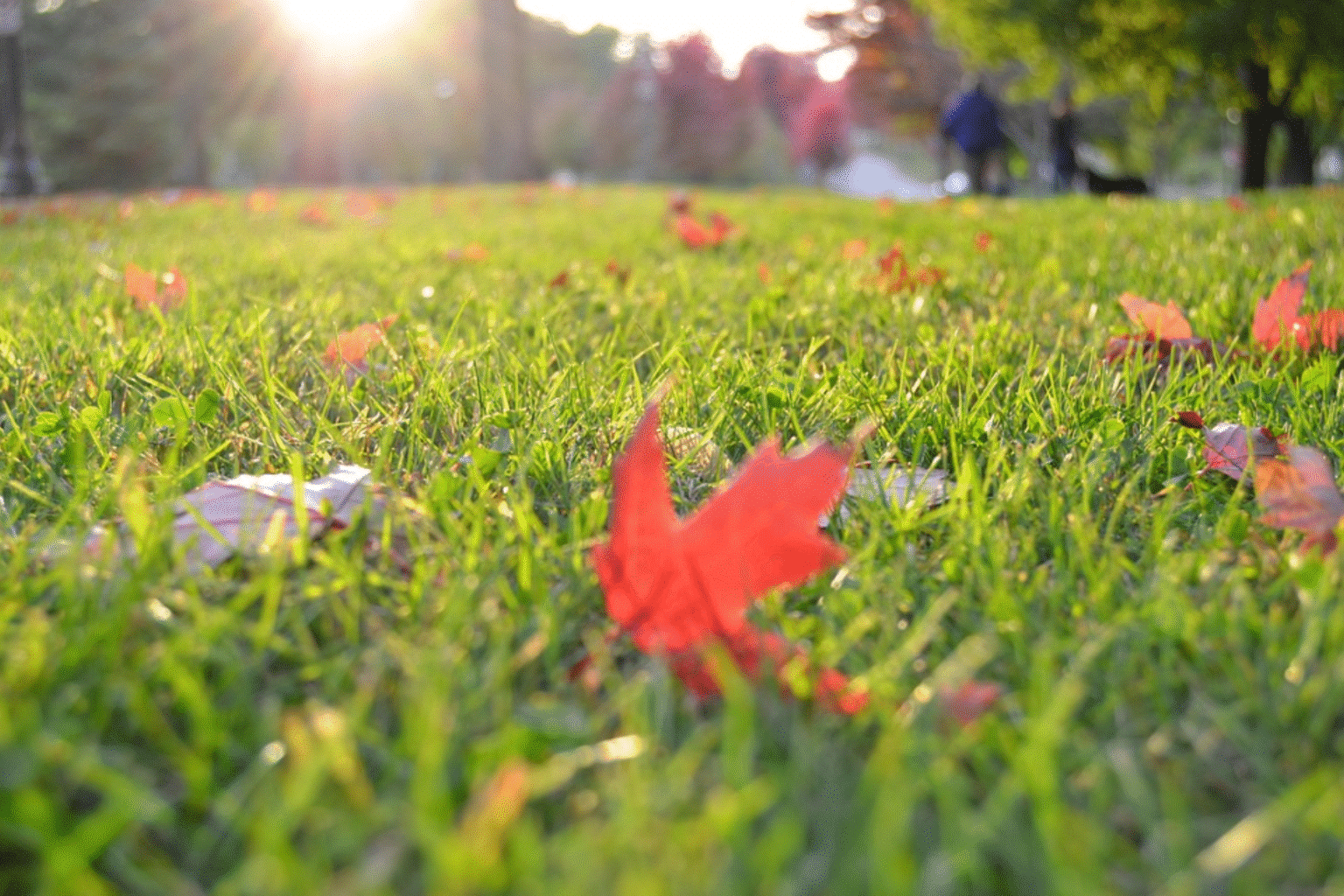Updated: August 2025
A well-tended lawn does more than just boost your home’s curb appeal—it’s your family’s open-air retreat, your pet’s playground, and your personal oasis for relaxation. When it comes to St. Louis lawn care, particularly when establishing or rejuvenating your lawn, harnessing the power of fall grass seed germination becomes pivotal. Selecting the best types of grass seed for St. Louis and planting them at the perfect time are essential steps toward grass seeding success. Here’s what you need to know to grow a lush, durable lawn in the Midwest.
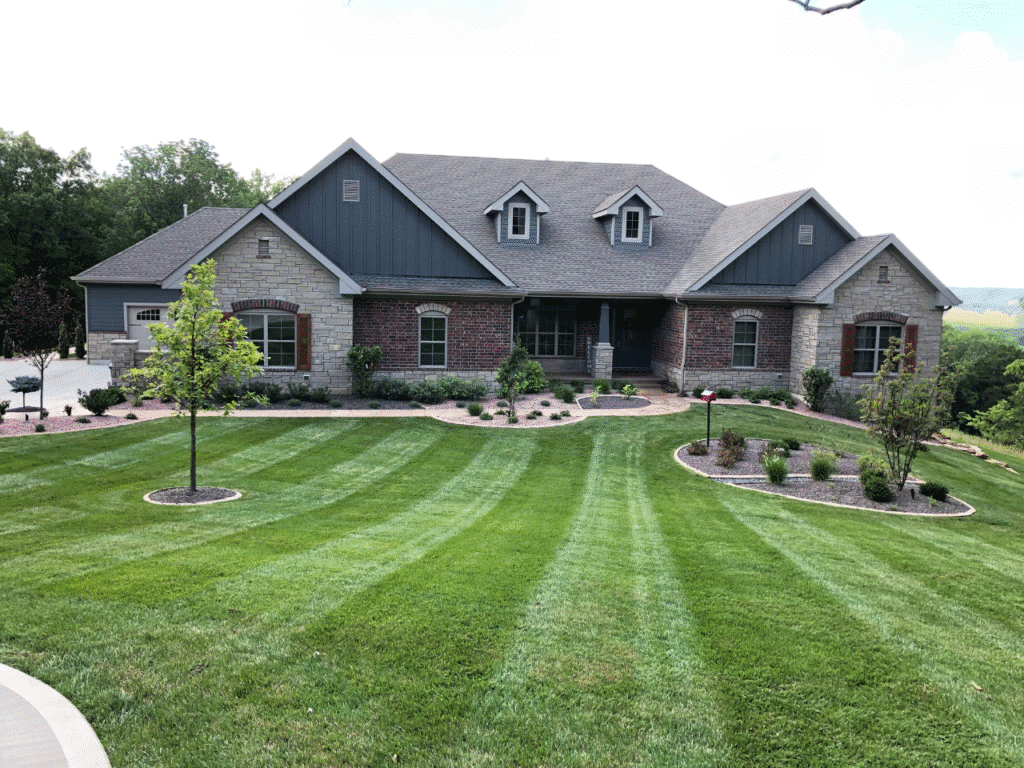
Optimal Timing for Grass Seed Planting in St. Louis
The best time to plant grass seed in St. Louis is early September. The combination of warm soil and cooler air temperatures is perfect for germinating cool-season grasses. This time of year also brings fewer weed problems, giving grass seed the advantage to establish strong roots without as much competition.
Understanding Blends vs. Mixtures
Grass seed blends contain multiple cultivars of the same species (e.g., different types of tall fescue), while grass seed mixtures combine two or more species (e.g., bluegrass, perennial ryegrass, and fine fescue).
Both are well-suited for St. Louis lawns:
- Blends enhance disease and pest resistance with one species.
- Mixtures adapt to varied light and foot traffic conditions, making them great for diverse lawn environments.
Best Grass Seed Types for St. Louis Lawns
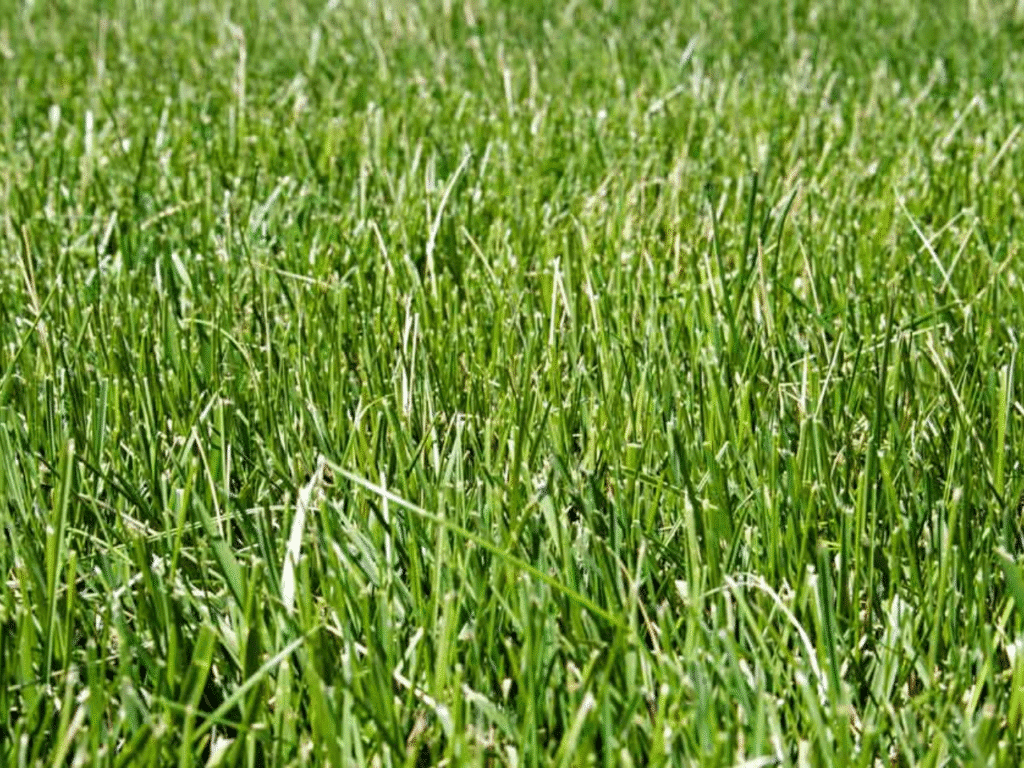
Turf-Type Tall Fescue
Turf-type tall fescues are the most recommended for St. Louis. Unlike older pasture types like Kentucky 31, today’s improved varieties feature dense, fine-textured blades and rich green color. These grasses grow vigorously in spring and fall and are more tolerant of summer heat than most other cool-season grasses.
Why we recommend it:
- Handles sun, shade, and traffic well
- Deep roots = better drought resistance
- High tolerance to heat and disease
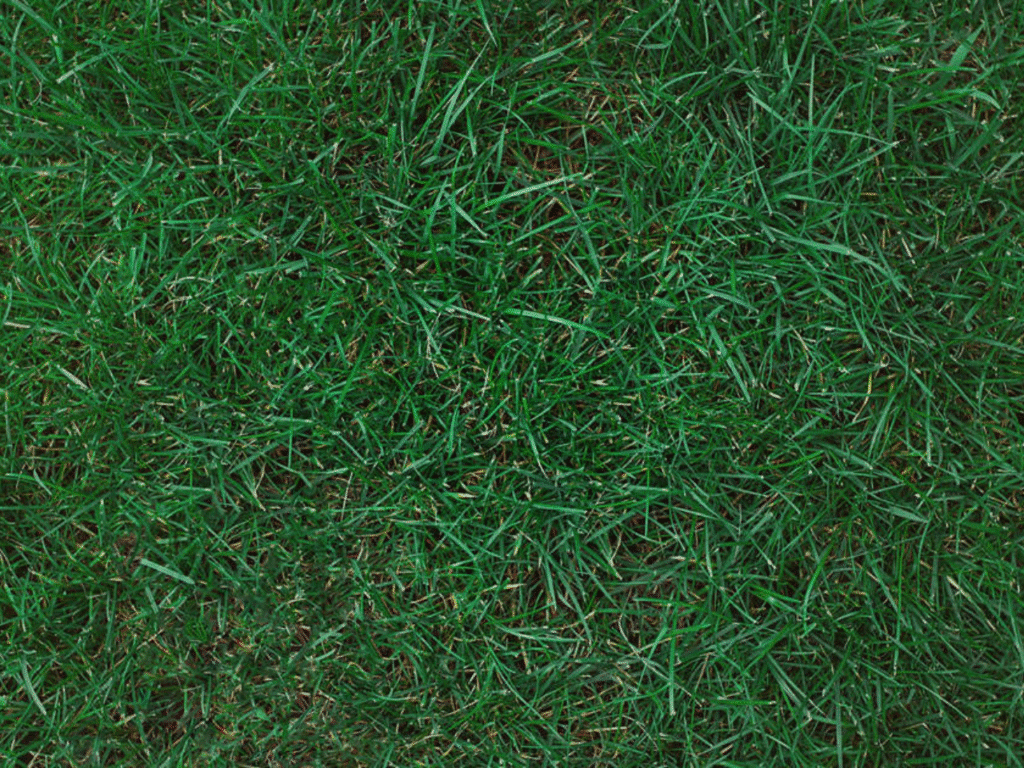
Kentucky Bluegrass
Known for its emerald green color and fine texture, Kentucky bluegrass spreads through underground rhizomes, forming a dense and self-repairing lawn. It excels in full sun but doesn’t tolerate heat or drought as well as tall fescue.
Pros:
- Lush, beautiful appearance
- Self-spreading growth habit
- High wear tolerance
Cons:
- Slower to germinate (up to 30 days)
- High maintenance needs
- Dormant and brown in hot summer months
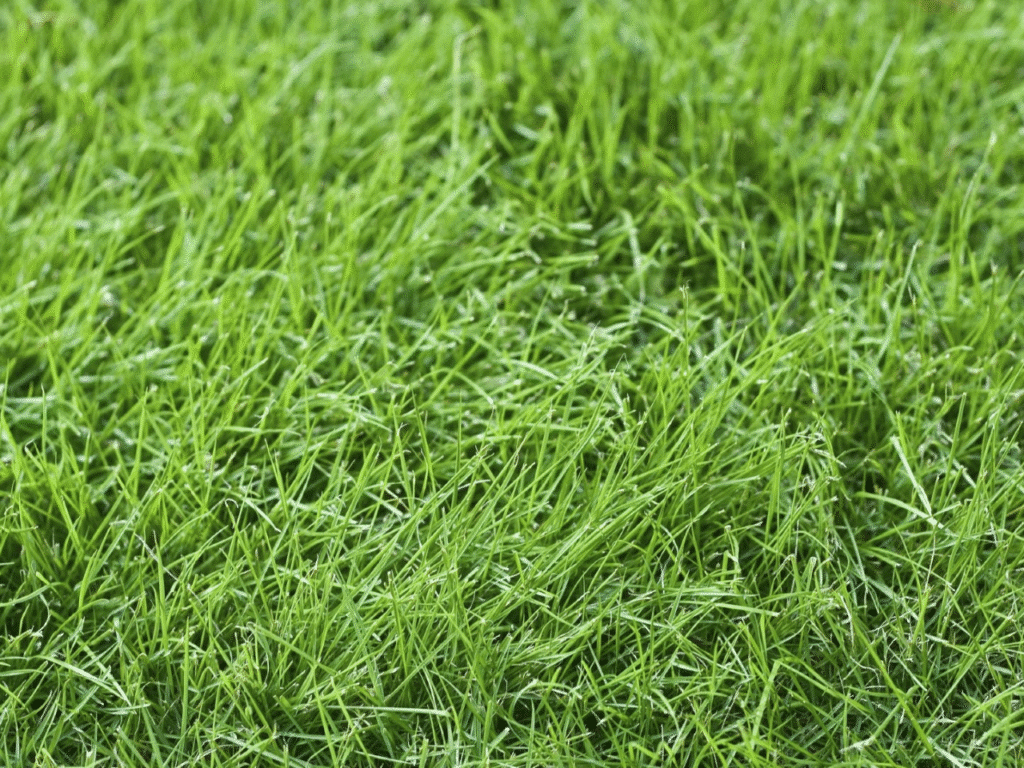
Fine Fescue
Fine fescues include red, chewings, hard, and sheep fescue. These grasses have extremely narrow blades and perform best in shady and low-traffic areas.
Use it when:
- You have mature trees or heavy shade
- You want a soft, attractive lawn in less-trafficked areas
Often, fine fescues are mixed with turf-type tall fescue for a more balanced lawn.
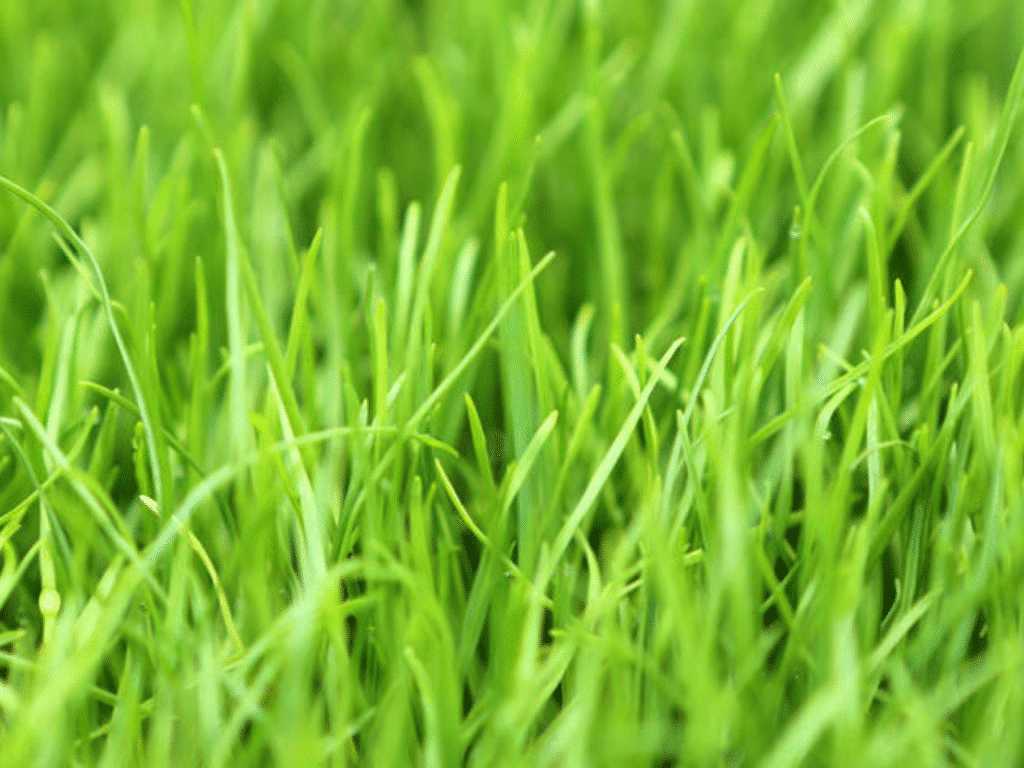
Perennial Ryegrass
Perennial ryegrass germinates fast and holds up well under foot traffic. It’s often found in lawn mixtures to help quickly establish green cover. Ryegrass prefers sun and has shallow roots, so it doesn’t perform well in drought without irrigation.
Be careful not to confuse with:
- Annual ryegrass, which only lasts one season and is used for temporary coverage
Grass Seeding Tips for St. Louis Success
Recommended Seeding Rates
Use the correct seeding rates to avoid crowding or patchiness:
- Tall Fescue: 6–8 lbs per 1,000 sq. ft.
- Kentucky Bluegrass: 2–3 lbs per 1,000 sq. ft.
- Shady areas/overseeding: Use half the standard rate
Even Distribution
Use a broadcast or drop spreader to apply your grass seed. For the most even coverage, make two passes across the area—first in one direction, then again at a right angle (like a crisscross pattern).
Maximize Soil Contact
Good seed-to-soil contact is vital. Before you seed, use a rake to loosen the top layer of soil. This helps the grass seed make good contact with the soil, which is essential for germination.
Watering Tips
Newly seeded lawns need light, frequent watering:
- Water 2–3 times per day for short intervals until germination
- Once seedlings are 1–2 inches tall, reduce frequency and increase duration
- Established grass only needs watering once a week (if no rainfall)
When to Mow
Mow when the grass reaches 3 to 4 inches tall. Avoid walking on the lawn until the first mowing.
Your Best Lawn Starts with the Right Grass Seed
St. Louis lawns can be beautiful, functional, and resilient when planted with the right grass seed. Whether you prefer the toughness of turf-type tall fescue or the lush look of Kentucky bluegrass, there’s a seed type that fits your yard’s conditions.
Need help turning your lawn into the envy of the neighborhood? We can help, contact us today.
External Resource:



